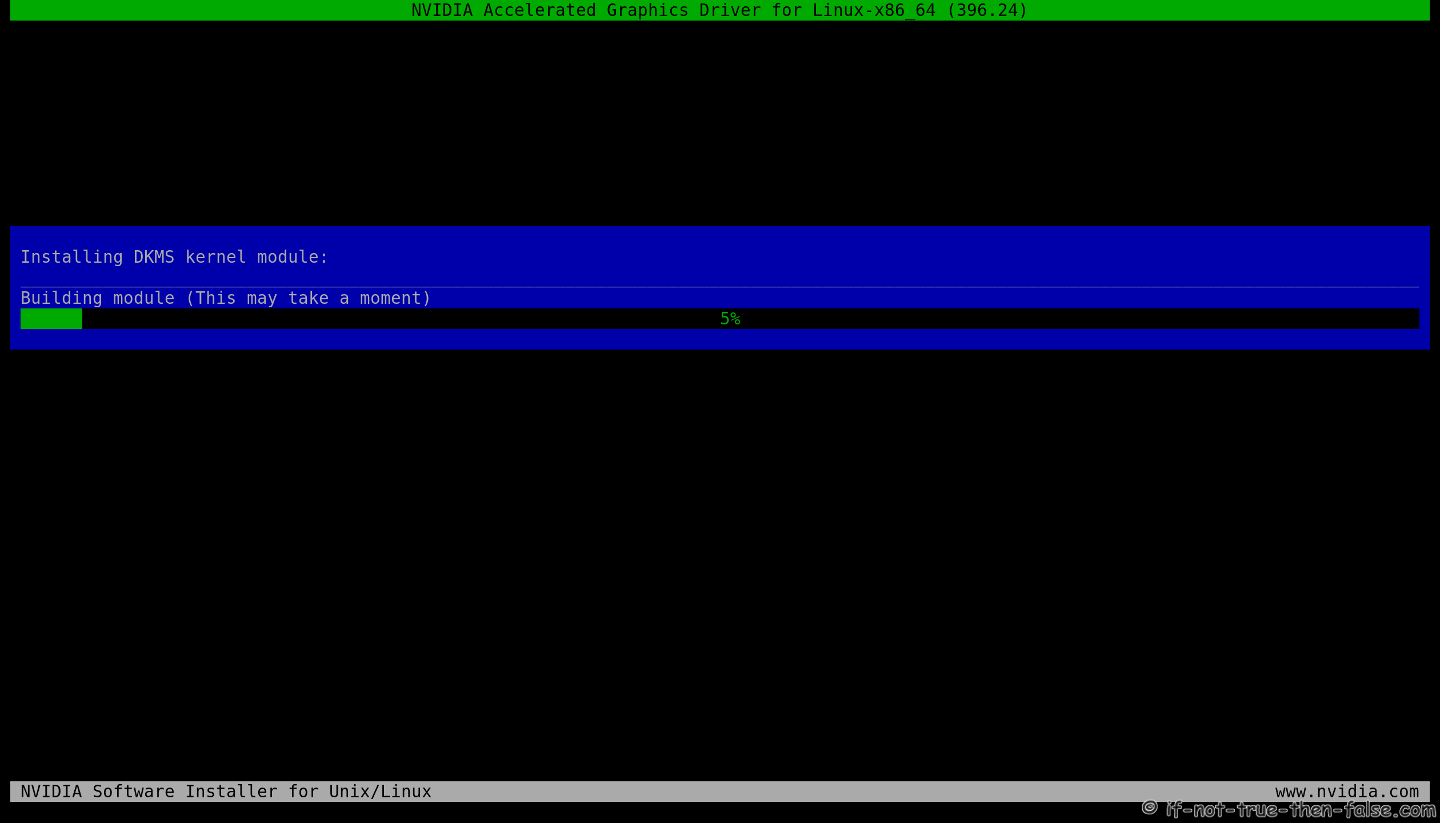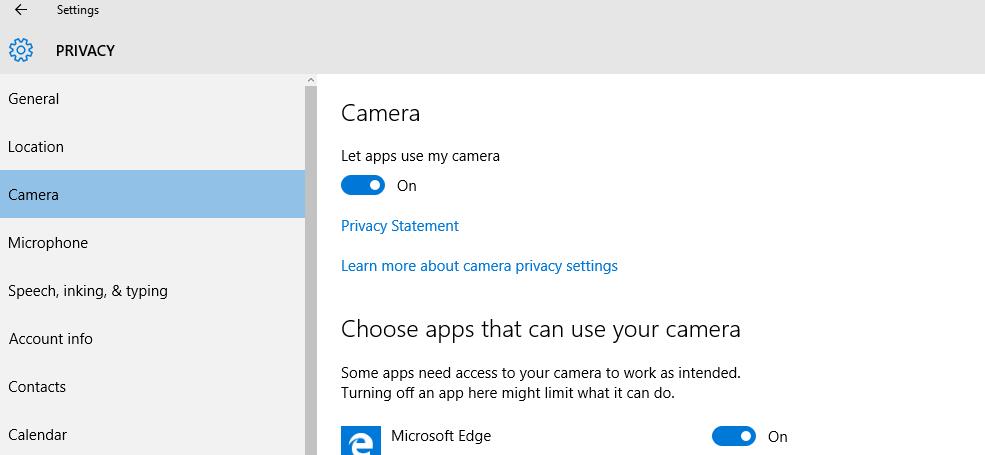

Therefore, Microsoft originally did not to ship support for 32-bit UEFI implementations. At the Black Hat conference in August 2013, a group of security researchers presented a series of exploits in specific vendor implementations of UEFI that could be used to exploit secure boot.
It is best to give us a call or send us an email if that is the case, and we likely can provide guidance. To begin installing Windows XP, proceed to Chapter 6, Installing Windows XP. To begin installing Windows Server 2008 , proceed to Chapter 5, Installing Windows Server 2008. To begin installing Windows Vista Ultimate, proceed to Chapter 4, Installing Windows Vista Ultimate. If prompted, select the strip size and press Enter (or press Enter to accept the default ).
Locating No-Fuss Plans Of Driver Support
An implementation of the UEFI API was introduced into the Universal Boot Loader (Das U-Boot) in 2017. On the ARMv8 architecture Linux distributions use the U-Boot UEFI implementation in conjunction with GNU GRUB for booting (e.g. SUSE Linux ), the same holds true for OpenBSD. For booting from iSCSI iPXE can be used as a UEFI application loaded by U-Boot. Intel’s implementation of EFI is the Intel Platform Innovation Framework, codenamed Tiano.
If it came with two USB plugs, make sure they’rebothplugged into your PC. With any luck, your drive will appear normally once it gets the juice it needs. This isn’t always the best solution if you are unfamiliar with the process, or if you do not have backed up versions of the data.
- By doing so, rack server can support more hard disks.
- After all, it is unsatisfactory in terms of performance.
- It can support SAS and SATA hard disk to satisfy the different cost-effective storage requirements.
- And it is a resolution of high performance, high reliability and high scalability.
In the IDE Configuration menu, select Configure SATA as and press Enter. Microsoft determined that vendors would not have any interest in producing native UEFI 32-bit firmware because of the current status of mainstream 64-bit computing and platform costs.
If the drive still isn’t working, unplug it and try a different USB port. It’s possible the port in question is failing, or just being finicky with your specific drive. If it’s plugged into a USB 3.0 port, try a USB 2.0 port. If it’s plugged into a USB hub, try plugging it directly into the PC instead. If your drive came with an AC power adapter but you haven’t plugged it in, try hooking it up .
HP-UX has used EFI as its boot mechanism on IA-64 systems since 2002. In October 2017, Intel announced that it would remove legacy PC BIOS support from all its products by 2020, in favor of UEFI Class 3. In 2011, major vendors launched several consumer-oriented motherboards using the Intel 6-series LGA 1155 chipset and AMD 9 Series AM3+ chipsets with UEFI. Hewlett-Packard’s first Itanium 2 systems, released in 2002, implemented EFI 1.10; they were able to boot Windows, Linux, FreeBSD and HP-UX; OpenVMS added UEFI capability in June 2003.
Finding No-Fuss Products Of Updating Drivers
Check out PCMag’s roundup of theBest External Hard Drives, as well as our picks forBest Wireless Hard Drives. In some more specific cases, the drive will appear in Disk Management, but merely formatting the drive won’t work. This is extremely common with SD cards formatted with Linux distributions for the Raspberry mouse driver downloads Pi, for example. Finally, if your drive is online and formatted, but doesn’t show a drive letter next to its name, right-click the volume and choose Change Drive Letter and Paths to add a drive letter. If you’re lucky, one of these simple steps should get your new drive up and running.